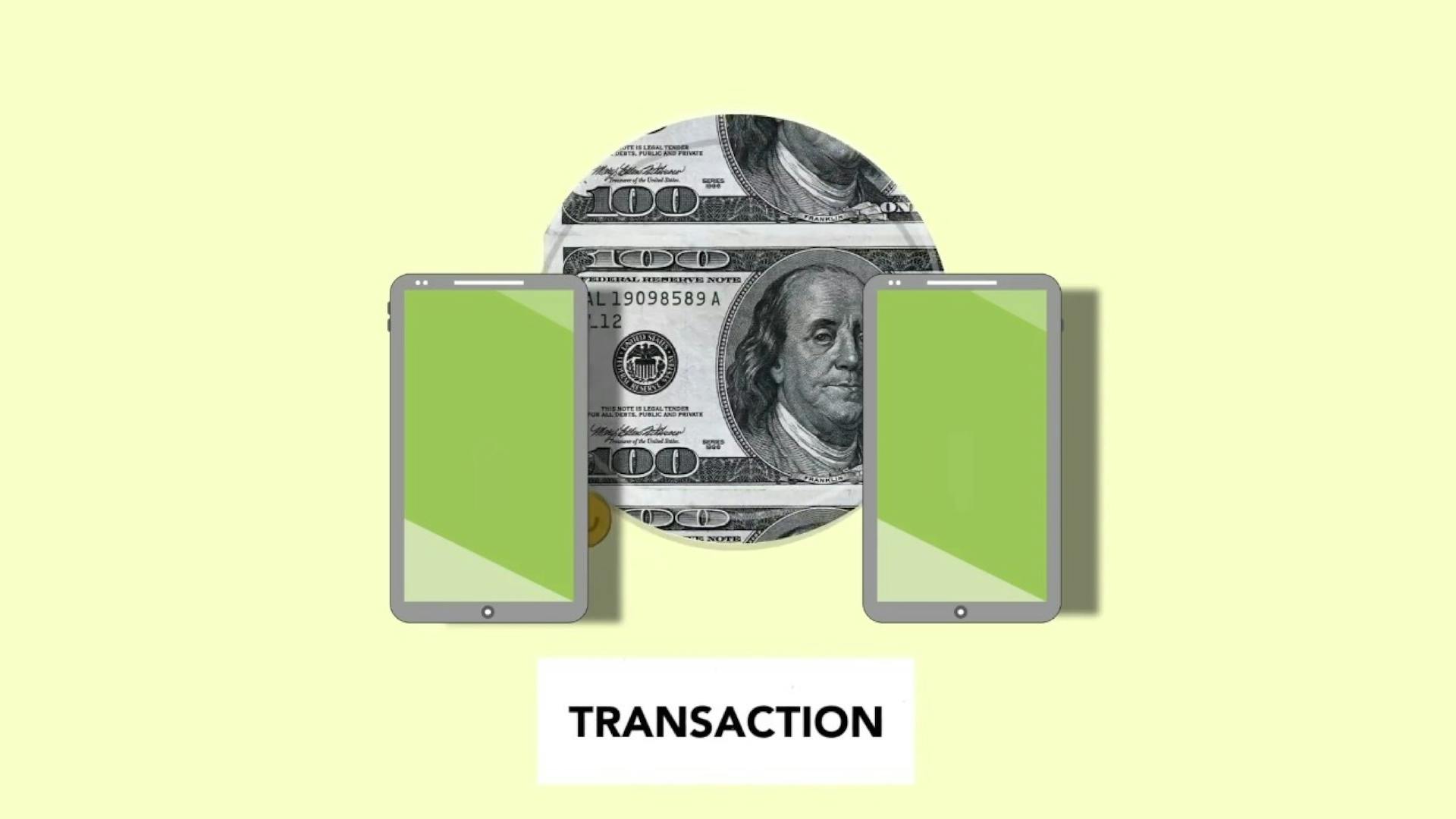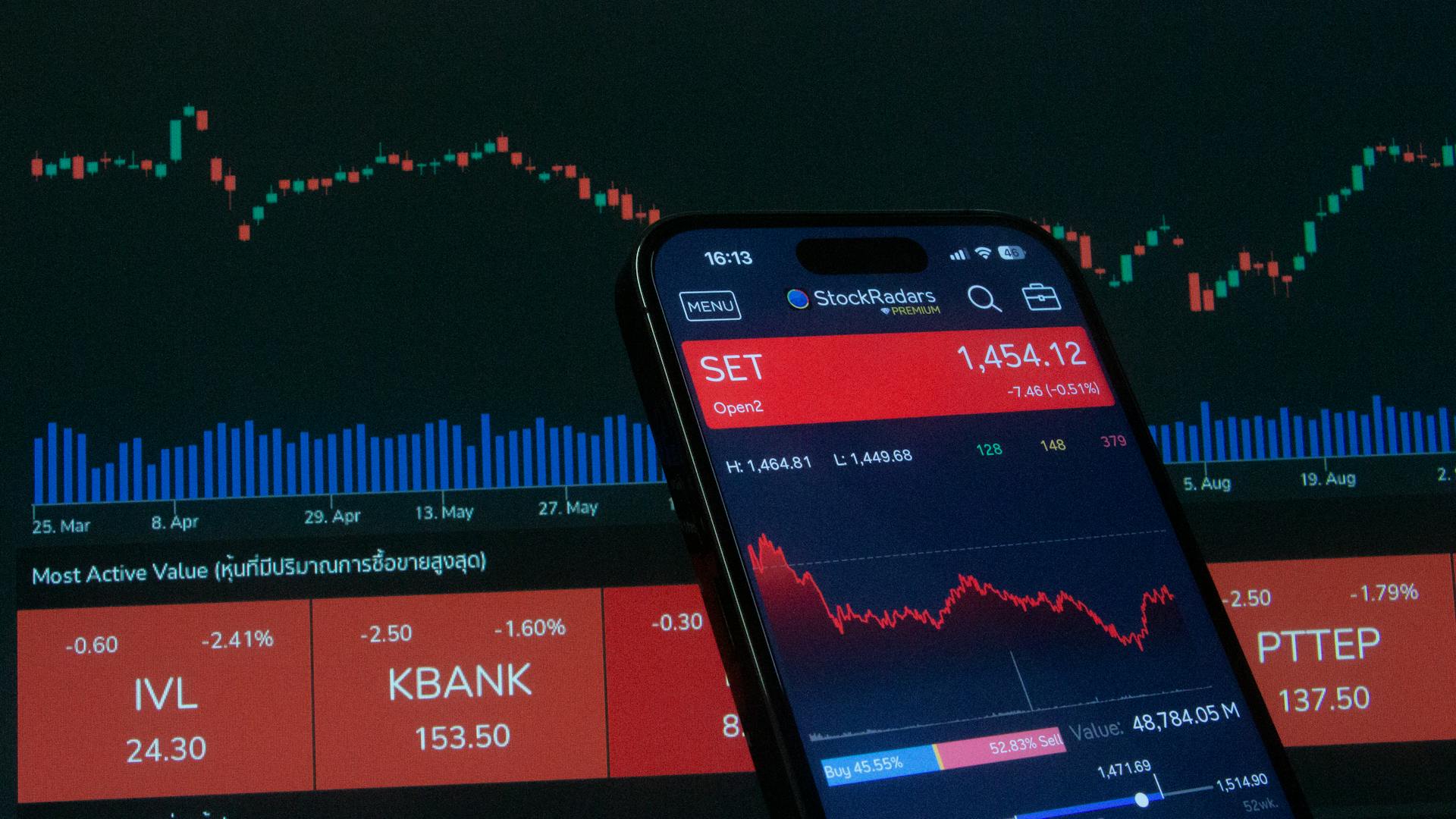
The international money wire transfer fee can be a significant expense for those sending or receiving funds across borders. Typically, these fees range from $10 to $30 per transaction, depending on the amount and destination.
Major banks like Wells Fargo and Chase charge higher fees, often around $30 or more per transaction. Smaller banks and credit unions may offer more competitive rates.
To give you a better idea, a wire transfer from the US to the UK can cost anywhere from $20 to $40, while a transfer from the US to Australia may cost between $30 and $50. These fees can add up quickly, especially for frequent or large transactions.
Additional reading: Western Union Cost to Wire Money
Sending Money
Sending money internationally can be a complex process, but breaking it down into steps can make it more manageable.
To initiate an international transfer, you'll need to provide the transfer service with some basic information, including the recipient's account number, routing number, and name. You'll also need to provide your own banking information to connect your bank account.
For more insights, see: Western Union Mtcn Number
The transfer service you choose can affect the speed and cost of the transfer. Consider factors like transfer speed, fees, countries available, and accepted payment methods when choosing a service.
Some transfer services, like Xoom, may require additional identifying documentation for larger transfers. This is to ensure that the transfer is legitimate and secure.
Before choosing a transfer service, it's essential to consider the transfer amount, country, and payment method. Some services have tighter restrictions on transfer amounts, while others may charge higher fees for certain payment methods.
For example, if you're sending a large amount, you may want to consider a service like Xoom, which has a faster delivery speed. However, if you're sending a smaller amount, a service like MoneyGram might be a better option.
It's also crucial to check the currency and amount you're sending to ensure it's correct. Conversion fees may vary depending on the country you're sending money to, and you'll want to make sure you're sending enough money to cover the fees.
Here are some factors to consider when choosing a transfer service:
Cost and Fees
International wire transfer fees can be a significant cost. Domestic wire transfers typically have lower fees, ranging from $0 to $35 for outgoing and $0 to $15 for incoming transactions.
Some banks waive wire transfer fees entirely, while others charge a premium for international transfers, which can range from $35 to $50 for outgoing and $0 to $16 for incoming transactions.
International wire transfers often come with additional fees, such as currency conversion fees, which can add to the overall cost.
You'll need information like an IBAN or SWIFT code to complete an international wire transfer, which can be a bit more complex than a domestic transfer.
Here's a breakdown of the fees for some major banks:
Keep in mind that some banks may waive incoming wire transfer fees under certain conditions.
Services and Providers
Money-transfer services like MoneyGram and Western Union are a simple and affordable way to send money internationally, with options for online accounts or cash payments at storefronts.
Some popular services include Xoom, a PayPal service, and Wise, a digital platform that uses different payment processing methods to lower fees compared to traditional banks.
Wire transfer is another option, but fees can range from $44 on average for outgoing transfers, and delivery speeds can take 24 hours or the next business day.
Services
Services can be a bit overwhelming, especially when it comes to international money transfers. There are many options available, each with their own fees, speeds, and maximum transfer amounts.
Wire transfer is a common method, but it can be expensive, with fees ranging from $44 to $1,000 or more, depending on the bank. This method can take anywhere from 24 hours to the next business day to process.
Some services, like Wise, offer lower fees, averaging around $6.42, and faster speeds, taking only 1-2 business days. Wise also has no limit on transfer amounts in most cases.
Discover more: Elan Financial Services Us Bank
Other services, like Xoom, charge 5 percent plus a fixed currency fee and can process transfers within minutes, with a maximum daily transfer amount of $50,000.
MoneyGram is another option, with fees starting at $1.99 with a debit card, but varying by country. Transfers typically take the next business day and have a maximum transfer amount of $10,000.
Here's a comparison of these services:
Some services, like Payoneer, offer more advanced features, such as local receiving accounts and marketplaces & networks, making it easier to receive international payments.
Payoneer Services for Businesses
Payoneer offers a cross-border and flexible payments solution for businesses that's as seamless as local banking transactions.
This service allows businesses to send and receive payments with ease, efficiency, and affordability, no matter where they are in the world.
With Payoneer, you can forget about complicated procedures and high costs associated with international transactions.
Their service is fast, simple, and cost-effective, making global payments as effortless as possible.
Payoneer empowers businesses to do more of what they love and expand their opportunities without borders.
Their platform is designed to make global commerce feel like a local transaction, breaking down barriers and making it easy to grow your business.
See what others are reading: Global X Covered Call Etf
Solutions for Business Owners
As a business owner, you understand the importance of seamless international transactions. Payoneer wire transfer services for businesses offer a cross-border and flexible payments solution that's as straightforward as local banking transactions.
This platform allows you to send and receive payments with ease, efficiency, and affordability. No matter where you are in the world, you can forget about complicated procedures and high costs often associated with international transactions.
Inter-bank transfers are a common way of handling international bank transfers. This type of transaction involves sending funds from a bank in one country to a different bank in a different country.
The sending and receiving banks must adhere to their respective country's financial regulations, reporting the movement of funds to their local financial authorities. This ensures that your money reaches its destination safely.
Intra-bank transfers, on the other hand, occur between different branches of the same bank in different countries. These transfers typically occur through the SWIFT network, a global messaging network that financial institutions use to securely send and receive information.
A freelance graphic designer in California who works for a German company, for instance, can send her earnings from her U.S. Citibank account to her Citibank account in Berlin using the SWIFT network. This ensures the funds are moved securely and efficiently from one account to the other.
You might like: Chime Receive Wire Transfers
Transaction Process
The transaction process for international money wire transfers is a bit more complex than domestic transfers.
Most banks use the SWIFT network to facilitate international wire transfers, which can take anywhere from a few minutes to several days to process.
You'll need to provide the recipient's bank account information, including their bank's SWIFT code, to complete the transfer.
The transfer amount, including any fees, will be deducted from your account once the transfer is initiated.
The recipient will then receive the funds in their local currency, although some banks may convert the funds to the local currency before depositing them.
Broaden your view: Swift Money Transfer Tracking
Sender and Recipient Information
To initiate an international transfer, you'll need to provide the transfer service with some basic information. Most services require you to provide the recipient's account number, routing number, and name.
You'll also need to provide your own banking information to connect your bank account to the transfer service. This is a standard requirement for most services.
Some services, such as Xoom, may require additional identifying documentation to transfer larger sums. This is typically to ensure the security and legitimacy of the transfer.
For more insights, see: What Company Is Elan Financial Services
Track Your Transaction
Tracking your transaction is a crucial step in the process. It can take anywhere from a few minutes to several days for the transfer to appear in the recipient's account.
Make sure to keep an eye on your account history to confirm that the transfer was processed. If you're transferring money for a cash pickup, ensure the recipient knows when and where they can get the cash.
Additional fees may be charged, so be on the lookout for those and be prepared to dispute them if necessary.
Alternatives and Considerations
If you're planning to send money internationally, it's essential to understand how exchange rates work and compare the total transfer costs. This will help you avoid unnecessary fees and get the best value for your money.
Understand how exchange rates work and always compare the total transfer costs. This will help you avoid unnecessary fees and get the best value for your money.
Related reading: Starboard Value
Avoid paying with a credit card if possible, as it may incur high fees. Using a bank account or a debit card usually results in lower fees.
Consider the speed of transfer and choose a provider that meets your time requirements. Some banks and nonbank providers offer same-day transfers, while others may take longer.
Be mindful of transfer limits and choose a provider that can handle the amount you wish to send. In 2022, the same-day transfer limit was increased to $1 million for domestic transfers.
You can also consider using a payment app like Venmo, Zelle, or PayPal to send money electronically to friends and relatives without paying a fee. However, sending money to those who are not "friends and family" may incur fees.
If you need to send a large transaction, a cashier's check may be a suitable alternative to wire transfers. This type of check draws the funds from the bank's reserves rather than your account.
Some banks and nonbank providers waive wire transfer fees in certain situations, such as when sending money in foreign currency or using their website or app to initiate a wire transfer.
Here's an interesting read: Chase Bank Warns against Viral Tiktok Atm Check Fraud Trend
To avoid wire transfer fees, you can also look into free money-sending apps like Zelle, Venmo, or Cash App. These apps are commonly used for transactions between friends or family.
If you're not satisfied with your bank's wire transfer policy, consider opening an account with a bank that doesn't charge wire transfer fees or waives them under certain circumstances.
Here are some alternatives to wire transfers:
- ACH transfers: ACH transfers are a way to transfer funds between banks and credit unions using the Automated Clearing House network. ACH is typically used for paychecks and can be a good way to pay bills.
- Bank transfers: Bank transfers, or ACH transfers, might be preferable if you send money domestically. In 2022, the same-day transfer limit was increased to $1 million, enabling large funds transfers in a single day.
- Cashier's checks: A cashier's check is an alternative to wire transfers because it can be suitable for large transactions. This type of check draws the funds from the bank's reserves rather than your account.
Conclusion and Tips
Sending money internationally can be a costly affair, but there are ways to minimize the fees. You can send money in foreign currency to avoid wire transaction fees.
Some banks and nonbank providers don't charge wire transfer fees at all, so it's worth shopping around for the right account. This can save you a significant amount of money in the long run.
You can also avoid fees by initiating a wire transfer digitally through your bank's website or app. This method can reduce or even eliminate fees altogether.
Opening an account with no wire transaction fees is a great option if you're a frequent international money sender. It's a good idea to research and compare different accounts to find one that fits your needs.
Additional reading: Citibank Credit Card International Fees
Frequently Asked Questions
How to avoid international wire fees?
Consider sending international wire transfers online or through your bank's mobile app, as many US banks waive or reduce fees for these transactions. Check with your bank for their specific policies and potential cost savings
Sources
- https://www.bankrate.com/banking/international-money-transfer/
- https://www.sofi.com/learn/content/wire-transfer-fee/
- https://www.businessinsider.com/personal-finance/banking/how-to-send-money-internationally
- https://blog.payoneer.com/how-to/pay/everything-you-need-to-know-about-wire-transfers/
- https://www.creditkarma.com/money/i/wire-transfer-fee
Featured Images: pexels.com


